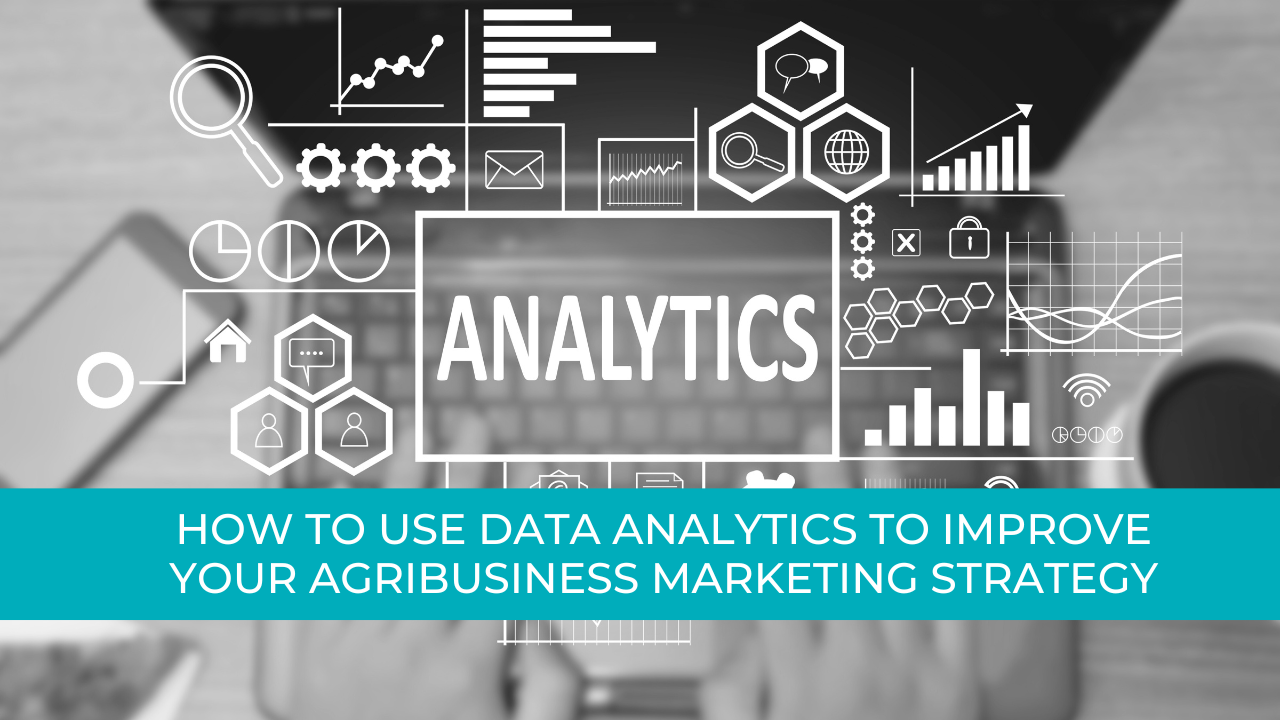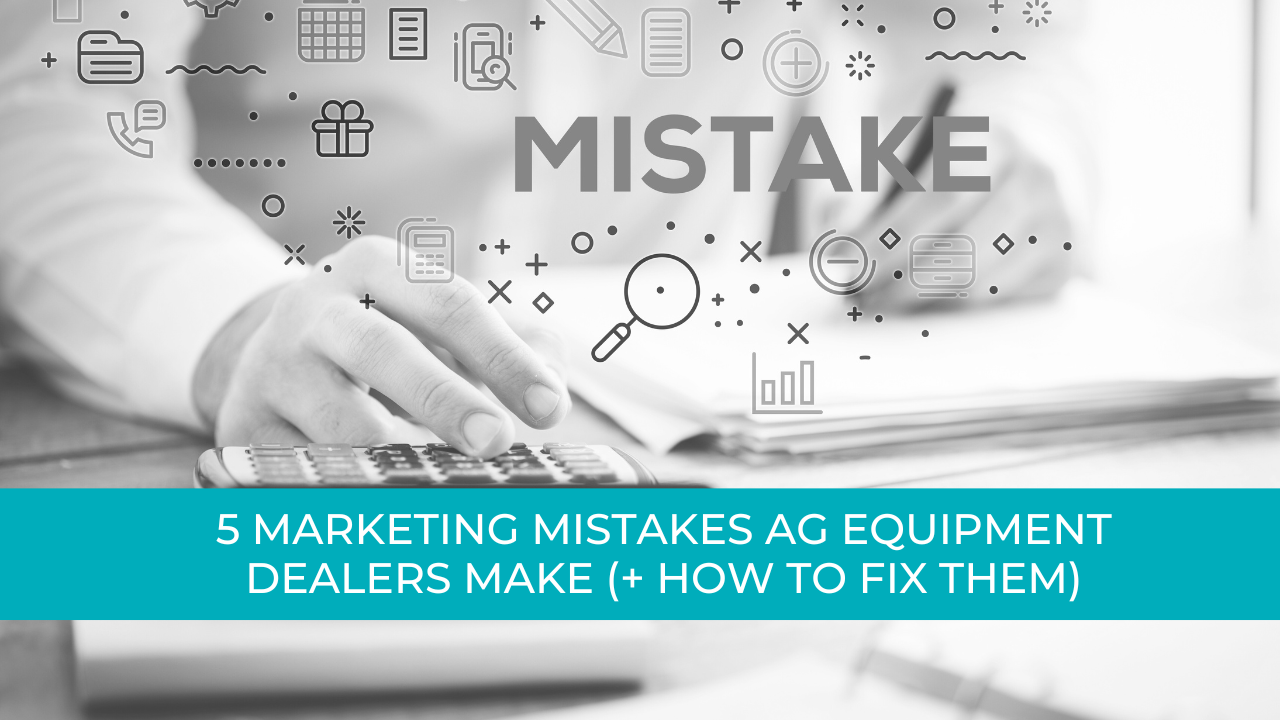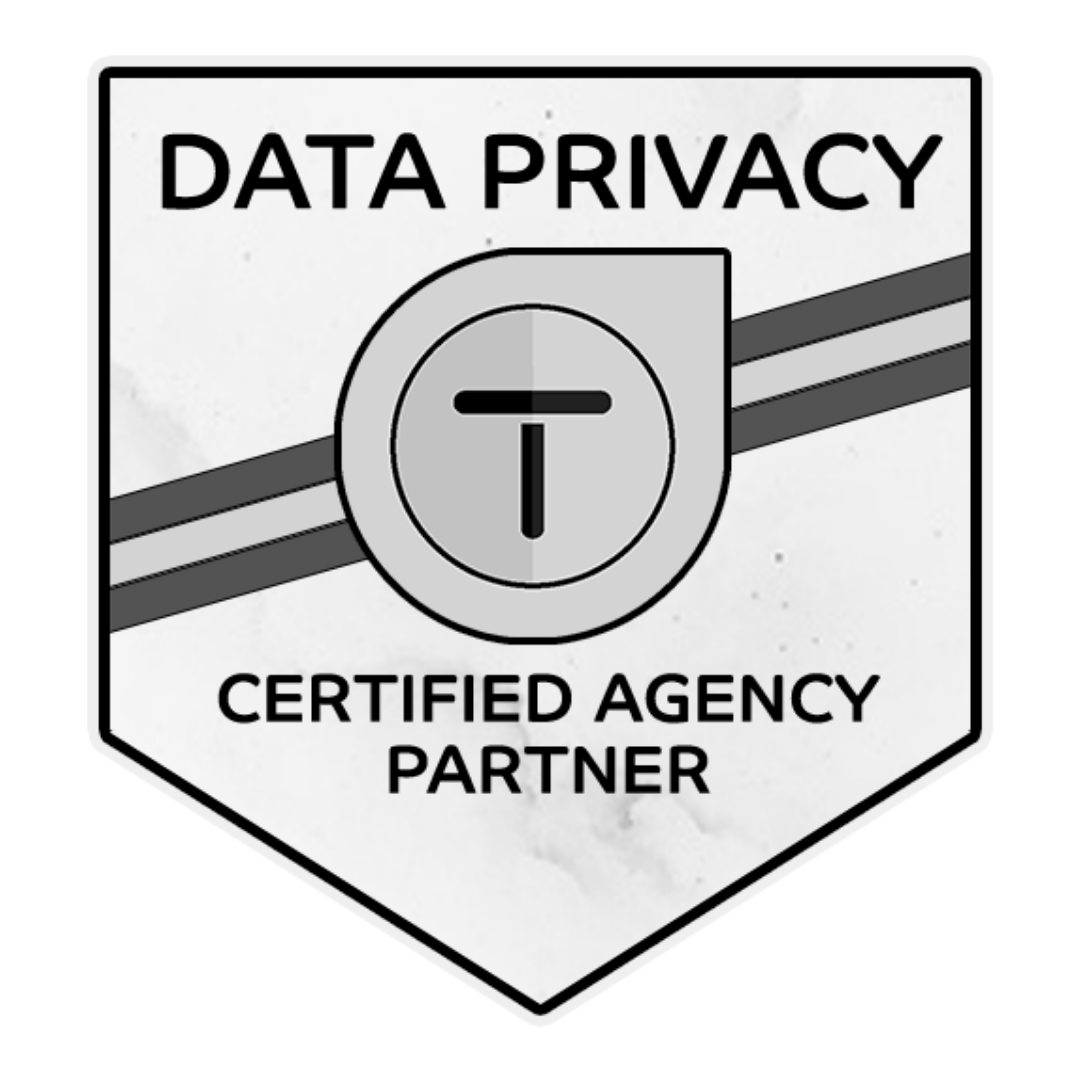Agtivation Blog
What's New In The Digital Ag World
How To Create Customer Personas - And How They Can Get You New Customers
The ultimate goal of using customer personas is to help identify your target audience, attract them to your business and convert them into loyal customers.

Customer personas are a vital part of any successful business and without them, you’re working at a huge disadvantage.
The ultimate goal of using customer personas is to help identify your target audience, attract them to your business and convert them into loyal customers.
When crafting customer personas (also known as user personas) you’ll need to ask yourself in-depth questions about your target audience. This will help you notice things you might have overlooked in the past, helping you to identify current issues in your approach to branding, marketing and customer service.
With that being said, let’s take a deeper look at what user personas are - and most importantly, how you can create them for your business.
What are customer personas?
A customer persona is a fictional person that represents your ideal customer.
They generally detail demographics like age, gender, location and occupation. They also highlight what your ideal customer’s motivations, likes, dislikes and pain points are.
By creating a customer persona based on the information you gather, you’ll be able to identify how you should market towards your ideal customer.
Customer personas are usually focused around the type of people who would be the perfect fit for your product or service. You can have multiple customer personas, depending on the different types of clients you serve.
Customer personas are often referred to as buyer or marketing personas, but no matter what term you use they all serve the same purpose.
Buyer personas help you understand and empathize with your audience. They help you do a better job of engaging with them, and ultimately selling to them.
Why are customer personas important?
Customer personas are important because they make sure that all action you take is tailored to meet the needs of your audience.
By knowing exactly who your target audience is (and sharing that with your employees) you’ll be able to target your content directly to your audience and gain more sales in the process.
You want to be able to talk about what your customer needs and not just about what you do. If you address the needs of your customers before your own then they’ll take more notice of you. They don’t want to hear about what you do but what you can do for them.
People generally go for a business they know and trust. If they can see that a company has a genuine concern in their wellbeing then they’re going to want to do business with you.
By creating buyer personas you will have a guide specifically designed for helping your business connect with your audience. This guide will help you focus on the needs and wants of your customers, making it easier for you to relate to them, and attract them to your business.
What are customer personas used for?
Customer personas can be used in every department of your company. Here are four of the most common areas they’re used for:
- Product development. User personas are used to address and solve customer problems. Product development uses personas to help them identify and prioritize product features based on what their customers need or want the most.
- Marketing. Without accurate customer personas, it’s incredibly difficult to create an effective marketing strategy. Personas help marketers to focus on what your audiences’ needs and wants are - and use the type of language that resonates with them.
- Sales. Customer personas can help your sales team build positive relationships with potential customers. They’ll be able to understand what your audience is dealing with, which means they’ll be prepared to address any of their concerns quickly and effectively.
- Customer support. Personas help staff to better understand your customers’ concerns. It helps them to be more compassionate when it comes to talking to customers’ and they’ll be able to deal with any complaints or concerns a lot easier.
How to create a customer persona
Customer personas include a lot of research both internally and externally.
First, choose one target customer to build your persona on. Write down everything you already know about this ideal customer - and then enhance it with more research. If you’ve made any educated guesses, find research to confirm (or disprove) them.
Here are some of the most common features in user personas:
Personal information
- Their age
- Their gender
- Do they have children?
- Where do they live?
- Are they married?
- Their income level
- Their education level
Professional information
- Their job title
- What industry do they work in?
- How big is the company they work for?
- Do they have any specific skills?
- What a typical working day looks like for them
Goals and challenges
- Their personal goals
- Their career goals
- What challenges do they face trying to achieve their goals?
- How you help them achieve their goals
Values and fears
- What do they value in their personal life?
- What do they value in their professional life?
- What keeps them awake at night?
- What’s important to them when considering your product/service?
- What objections do they have
Where do they live online?
- How do they get information online
- How do they communicate online
- What social media do they use
Remember, these are generalized questions to ask about your ideal client. By digging into the answers, you’ll be able to understand where you fit into their lives, what problems you solve and what holds them back from buying from you.
Once you have all of this mapped out, you can address any issues or concerns these hypothetical customers have - and apply your new insights to connecting with your real-life audience.
Here at Agtivation, we help ag businesses thrive online. If you’d like to understand your target audience and learn how to reach them online, get in touch with our team today.














